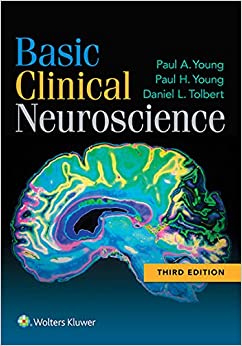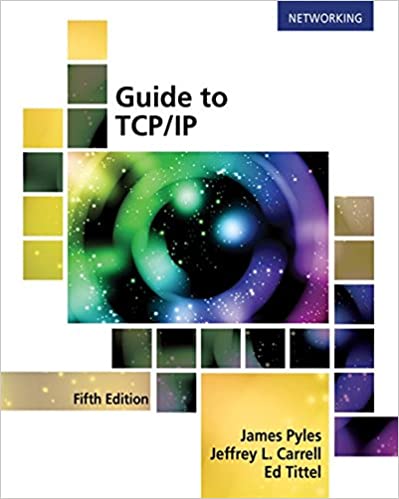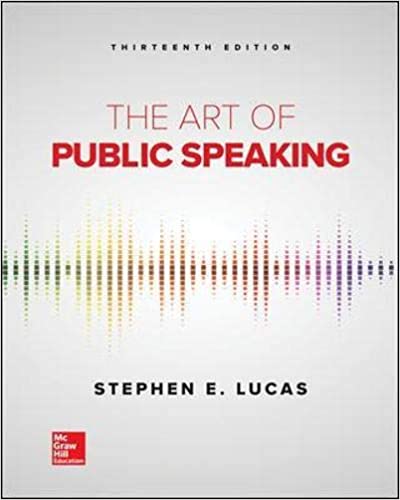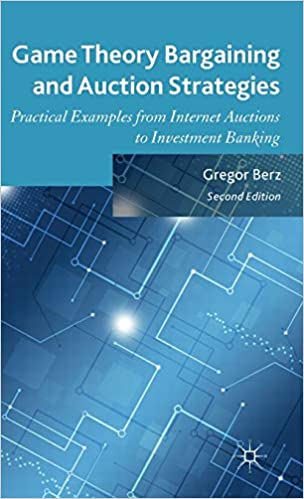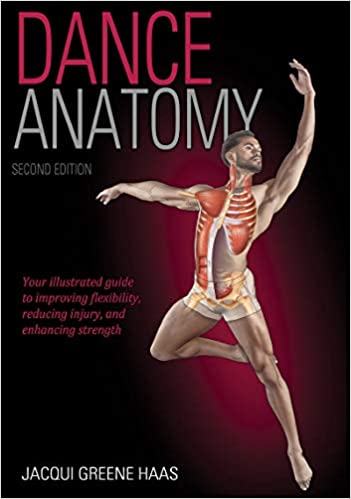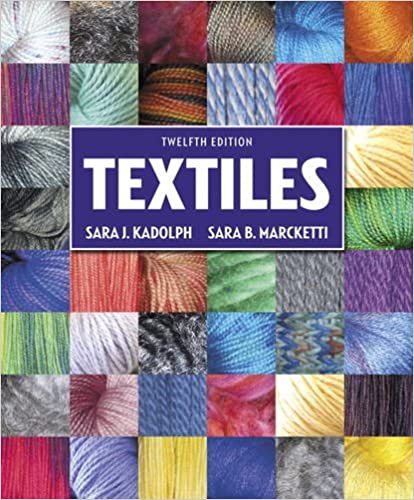
This paper reports findings from ongoing research partnerships with inclusive classrooms and with selective and competitive outreach programs that seek to bridge school, college, and college-based occupations for Latino and other underrepresented youth. Findings draw on qualitative methods (interviews, field observations, and case studies) and quantitative methods (surveys, grades, test scores, and statistical analyses) involving over 850 students. This study sought to respond to the following questions:
a. What are the immigration history/ histories and parents' education?
b. What challenges do students' families, peers, schools, and communities present, and what resources do these different "worlds" provide?
c. What are students' pathways through the classes required for college eligibility? and
d. How do students' family backgrounds, resources, challenges across worlds, and school pathways predict college eligibility and enrollment?
In answering these questions, five key findings on how Latino children build pathways to college were discovered.
Finding 1: Demography Is Not Destiny, but Democracy Requires Vigilance
The demographic profiles of students participating in the competitive outreach programs revealed very different patterns for African Americans and Latinos. The African American students in the competitive program sample, all but one born in the United States, were likely to have college-educated, American-born parents. The Latino students, more than 19% of whom were born outside the country, were likely to have immigrant parents with a high-school education or less. Thus, African American youth in the sample were following their parents' pathways to college, and Latino youth were beginning to exceed their parents' education. However, in other research studies, differing rates of participation across social class, generation of immigration, and gender in university outreach programs have consistently been found among African American and Latino youth, who are underrepresented in the same way in four-year colleges throughout California; and there is concern as to why more low-income African American youth and second- and third-generation Latino youth were not participating in outreach programs. One possibility is that the Saturday and summer academies of the outreach programs conflicted with students' work schedules; another is that the information distribution and recruiting of outreach programs do not reach all families equally.
When factors predicting students' long-term school pathways were examined, little predictive power was found in family demographic backgrounds for either Latino or African American families. Other research shows correlations between parents' education and children's academic success, so why were none found here? One possibility is that parents' education generally predicts activities like getting children into programs such as those in this study. Focusing only on students in such programs may have prevented detecting the impact of parental education. But families' actions may matter more than demographic background.
Finding 2: Ethnically Diverse Youth Start Developing Career and College Goals in Childhood from Unique Challenges and Resources Across Their Worlds
One hundred sixteen Mexican descent sixth graders applying for the selective community college outreach program described their dreams of becoming doctors, lawyers, nurses, and teachers, as well as secretaries, police officers, firefighters, and mechanics. The challenges children saw to achieving their dreams included not having enough money to pay for school, as well as the expectations of family members and peers. The children saw their families (parents, siblings, and cousins); their teachers, school counselors, and coaches; their friends; and themselves as their greatest resources.
Finding 3: Math Pathways to College Diverge Early but Some Get Back on Track
Math classes and grades are useful indicators of university eligibility and career opportunities. In the competitive program sample, slowly declining, rapidly declining, increasing, and "back on track" pathways (declining then increasing) were found. Youth who stayed on track or got back on track to university eligibility and enrollment found resources from families, teachers, coaches, tutors, or youth workers and reported challenges from siblings' and parents' modest levels of education.
Finding 4: Challenges and Resources in Students' Lives Affect Program Participation, College Eligibility, Enrollment, and Progress
Addressing the realities of students' lives-at home, in school, the community, and with friends-is crucial to both program improvement and cost-effectiveness. In the inclusive classroom sample, parents considered their primary role to be their children's moral guide and sought to protect their children from negative peer influences. To these parents, a strong moral upbringing includes supporting academic achievement. However, not all parents are aware of the academic rigors their children face. For example, Mexican immigrant parents held high aspirations that their children become doctors, lawyers, or teachers; yet many were unaware these goals required a college education.
Teachers and school counselors can act as institutional gatekeepers when they assess students against standardized benchmarks of achievement that determine eligibility for college-prep, vocational, or remedial classes. When elementary school teachers and counselors disproportionately place Latino students in special education classes and low-ability reading and math groups, they send these students towards remedial tracks in middle and high school. But teachers and counselors-from any ethnic background- can also act as cultural brokers who help Latino children succeed in school and achieve their dreams.
Students report that religious, sport, and outreach organizations and leaders influenced them to take jobs that would help their communities. For these reasons, underrepresented youth and their families often benefit from instrumental support of community organizations that bridge school, college, and college-based occupations.
Finding 5: Ingredients of Effective Bridging Programs
Beginning in elementary school, teachers can discuss the links between career dreams and going to college, define grade-point averages and scholarships, and explain practical college issues that would be meaningful to school-aged children. Such education can excite young children about college and help them set realistic goals for getting there. At the middle-school level, tutoring by college students, parent involvement activities, and academic advisement can help "at-risk" students stay on track to college. Continuing these programs into high school, as well as increasing minority enrollment in college preparatory classes, will also help amplify the number of college-bound students.
In helping Latino youth find pathways to success, programs can forge links across generations that encompass senior staff, young adults, and the families they serve. These loosely knit networks can foster new leadership with cultural skills today's children need to succeed in an increasingly diverse world.
Young adult staff also provide children a chance to talk and write about their dreams for careers, education, families, and their communities. Young adults value students' home communities, and many share both a common language and family history with the children. Many have learned to be bicultural and can pass on their understanding of how to retain community traditions while entering and succeeding in schools, colleges, or local government. In the selective program sample, it was found that, like Latino parents, young adult staff defined success in life both in moral terms and in terms of school success. In guiding youth, staff drew on positive and negative aspects of their past experiences. They understood the importance of grades, helped children with homework, and offered a broad view of schools, colleges, and other mainstream institutions that helped children link their family, school, and community with their personal dreams and fears for the future.
Our common goal is to enhance access to higher education for children of diverse ethnic, racial, and economic communities. The capacity of the United States to be a nation "where diversity works" rests on customizing outreach programs for communities while attending to common goals and collaborating among many diverse stakeholders- students, families, schools, community organizations, legislators, the business sector, and media. These goals will be achieved by building clear conceptual models of change, testing them with evidence, and strengthening communication among stakeholders. Students' progress through the academic pipeline from kindergarten to college and careers is often portrayed like a ball rolling straight through a sturdy pipe. On the contrary, unlike the ball, which remains unchanged as it moves through the pipe, students change as they progress through elementary, junior high, and high school towards college and adulthood. Indeed, students' developmental pathways look more like those of explorers navigating through unmapped territories, here the worlds of families, peers, schools, and communities; as students pursue their school, career, and other personal goals, they encounter barriers that may divert or stop their progress. Finally, unlike the sturdy pipe, the programs that offer bridges across the gaps or barriers in students' pathways are themselves changing in response to funding resources, pressures, and losses, as well as shifting political sands.
Jeff C. Palmer is a teacher, success coach, trainer, Certified Master of Web Copywriting and founder of https://Ebookschoice.com. Jeff is a prolific writer, Senior Research Associate and Infopreneur having written many eBooks, articles and special reports.
Source: https://ebookschoice.com/help-amplify-the-number-of-college-bound-students/
